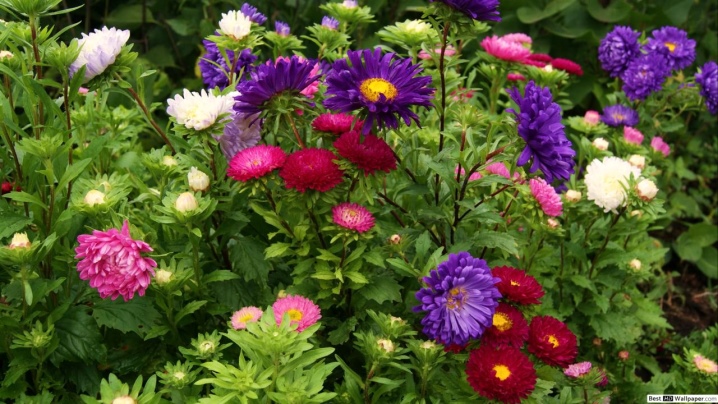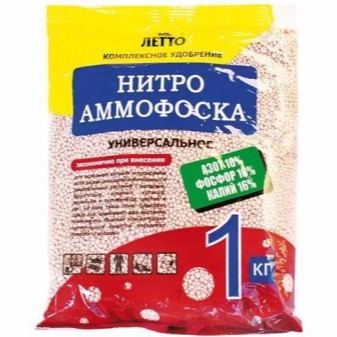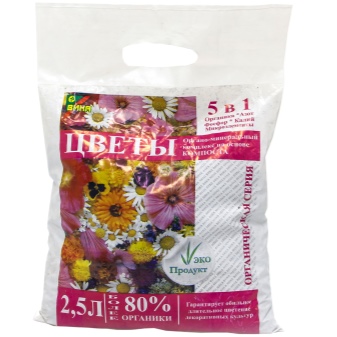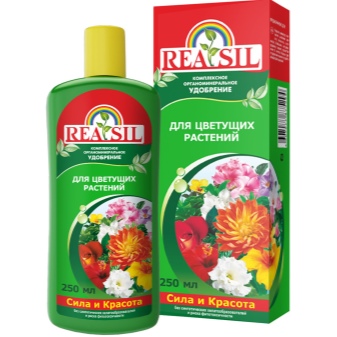How to feed asters?

A luxurious garden is impossible without bright and fragrant flowers. Most gardeners choose asters, spectacular and charming plants that will ennoble the local area, flower bed, park and any other territory. In order for this culture to please with lush flowering, proper flower care is necessary. The article will discuss how to feed asters at different periods of development.
The importance of feeding
Fertilizing any crop is necessary for its full development. And also add additional substances if the flowers grow poorly or get sick. Nutrients will give strength to fight infections and pests.

The first time feeding is applied so that the asters adapt in a new place after planting in the ground. The elements that make up the top dressing are necessary for the full development of the root system and growth. Fertilizers will lay the foundation for the formation of peduncles and branching.
This procedure is very important when self-germinating seedlings.

Fertilizers are also used before budding and during budding. Their main task is to support flowers when laying a peduncle. Top dressing not only has a positive effect on the growth of asters, but also strengthens their immune system.
Nutrient formulations are used for abundant flowering. During this period, the plant spends a lot of energy and needs additional nutrition. Gardeners use both purchased products and folk remedies. The main thing, feed the asters on time in accordance with the rules and recommendations from specialists.
Under favorable weather conditions, asters can bloom until October.


Soil composition
Some growers advise to pre-prepare the ground before planting flowers in open ground. Asters feel great on the treated area. The work is recommended to be carried out regardless of what is planned to be planted - seeds or seedlings.
As soon as the plants fade, it is necessary to remove the wilted stems and carefully dig up the area. Further, mineral and organic compounds are added. You can use compost or humus. Manure is not the best option.

These representatives of the flora do not tolerate ammonia well. It can cause the appearance and development of diseases. It is recommended to choose calcium or potassium salt as mineral supplements.
Asters develop poorly in acidified soil. In this case, the composition of the soil should be neutralized. To restore the pH, lime must be added to the soil. The proportions are from 300 to 500 grams per cubic meter.
Lime is considered a mineral, so it is great for growing spectacular asters.

Specialist recommendations
You can check the pH value at home using vinegar. You need to drop a little on the ground, and visually assess what is happening. If the vinegar sizzles, the acidity of the soil is increased. In the absence of a reaction, you are dealing with an alkaline soil.
Another way to neutralize high acidity is to use dolomite flour. In addition to restoring the balance, this element will saturate the upper layers of the soil with magnesium and potassium.

After wintering, as soon as the ground warms up with the first spring rays, the future landing site should be dug up, deepening by 10-20 centimeters. Usually, work falls at the end of the first spring month or early April... It is recommended to add sand to wet and clay soil.

Fertilization stages
In the event that you are going to plant seedlings, you must first fertilize them.

Fertilizing seedlings
Initially, you need to wait for the first shoots to appear, after which the growth is picked. When a full-fledged leaf appears, the distance between the seedlings should be at least 15 centimeters.
To prepare a liquid fertilizer, you need to mix the following ingredients: for one liter of water, use half a teaspoon of nitrophoska and potassium nitrate. All components are thoroughly mixed. The resulting composition is watered with seedlings.
Watering frequency - 1 time in 7-9 days before planting a flower. Nutrients will help the asters grow stronger. Around the middle of May, it is time to transplant them into open ground.
Important: it is enough to feed young asters in May.
In June and July, there is no particular need to apply fertilizers, except if you need to feed the plant during the formation of a peduncle (buds) or during flowering.

When transplanting into the ground
Seedlings sprouted from the seeds, they got stronger, the flowers were planted in the selected area, they took root, the yellowed leaves acquired a bright green color, now it's time to use top dressing.
For improved growth, you can use an organic and affordable product called mullein. It is diluted with water, keeping a ratio of 1 to 10.
And also at this time it is allowed to feed the asters with ash. For one square meter of land, 300 grams will be enough. When caring for a plant, you must first moisten the ground, and then add nutrients.
By adhering to this rule, you eliminate the risk of burning young and delicate plants.


During budding
When using ready-made seedlings, planting in an open area is recommended at the end of spring. If the flowers were planted in a previously prepared soil, you can temporarily refuse to apply fertilizers. Some professional growers say that it is better to feed adult shrubs, but before flower buds begin to form on them.
To prepare an effective solution, you can use the following recipe: dilute 1 tablespoon of ammophoska in 10 liters of warm water.
And you can also use another multicomponent fertilizer, but only of unnatural origin. Nitrogen organic matter becomes the cause of the disease of asters. With the resulting composition, we water the flowers at the root, using 4-5 liters per meter of land.
remember, that asters in no case should be watered with ice water... Whether it is a pure liquid or with additional impurities.
The water must be warmed up, otherwise root system diseases cannot be avoided.


During the opening and laying of buds
As soon as you noticed that buds began to appear on the asters, and the process of opening the first flowers began, it's time to move on to the next stage. According to some experts, you can use the same formulations that were used earlier, especially if they gave a good result. VAnother way is to try a different product and compare the effectiveness.
For asters, the following composition is suitable - a tablespoon of potassium humate is diluted in 3 liters of water. From 2.5 to 4 liters of the composition are used per square meter of territory.
And you can try ordinary ash... It is sprinkled with flowers near the root zone several times throughout the season (maximum - 3 times). About 300 grams will be enough per meter of garden area.
It is a great alternative to liquid fertilizers. This folk method is used by both beginners and experienced gardeners.

During flowering
The period when asters delight with a colorful and lush color is very long. It can be extended as much as possible with the help of basic plant care - timely watering, cleaning weeds, loosening the upper layers of the soil.
During this period, it is best to use mineral or organic compounds. Excellent results are shown by fertilizing flowers with microelements together with potassium-phosphorus preparations. As a rule, top dressing is applied in August.
Novice gardeners are advised to use ready-made preparations that can be found in any specialty store. It is more convenient to prepare and use them, the main thing is to follow exactly the instructions on the package.
If you have chosen several product options, compare how one or another composition affects flowers, and choose the most effective and safe.


Possible problems
With proper care and periodic fertilization, plants will withstand a variety of diseases and pest attacks. However, even with extensive experience in growing asters, you need to be on the lookout and closely monitor the condition of the plants. Small negative changes can indicate illness.
Most often, this representative of the flora is attacked by fusarium. So that the flower does not suffer, it is advisable to carry out prevention. Asters need to be treated with a special composition of trace elements (0.01-0.05%). You can buy it in a specialized store.


Garden pests such as aphids, spider mites, slugs and snails are also common causes of disease and plant death. In this case you must follow the basic rules for growing flowers: apply top dressing on time, water with warm water in moderation (in order to avoid stagnation of moisture at the roots), get rid of weeds in the garden.


Fundamentals of agricultural technology
To obtain a lush and aromatic flowering, which will delight you for several months, top dressing alone is not enough. It is important to choose the right site for planting asters. A lighted area is ideal. If this is not possible, the flower can be planted in an area with partial shade. Make sure that the selected location is not scorched by direct sunlight.


The plant does not like drafts, but the growing area must be thoroughly ventilated. Oxygen circulation will ensure the full development of the plant. Water the flowers when you notice the topsoil is drying out. Pour in the liquid gently and watch how quickly it is absorbed into the soil.
Remove limp, dry, and yellow leaves from the trunks. They not only spoil the appearance of the flower, but also take away his strength.
See below for more details.






































































































The comment was sent successfully.